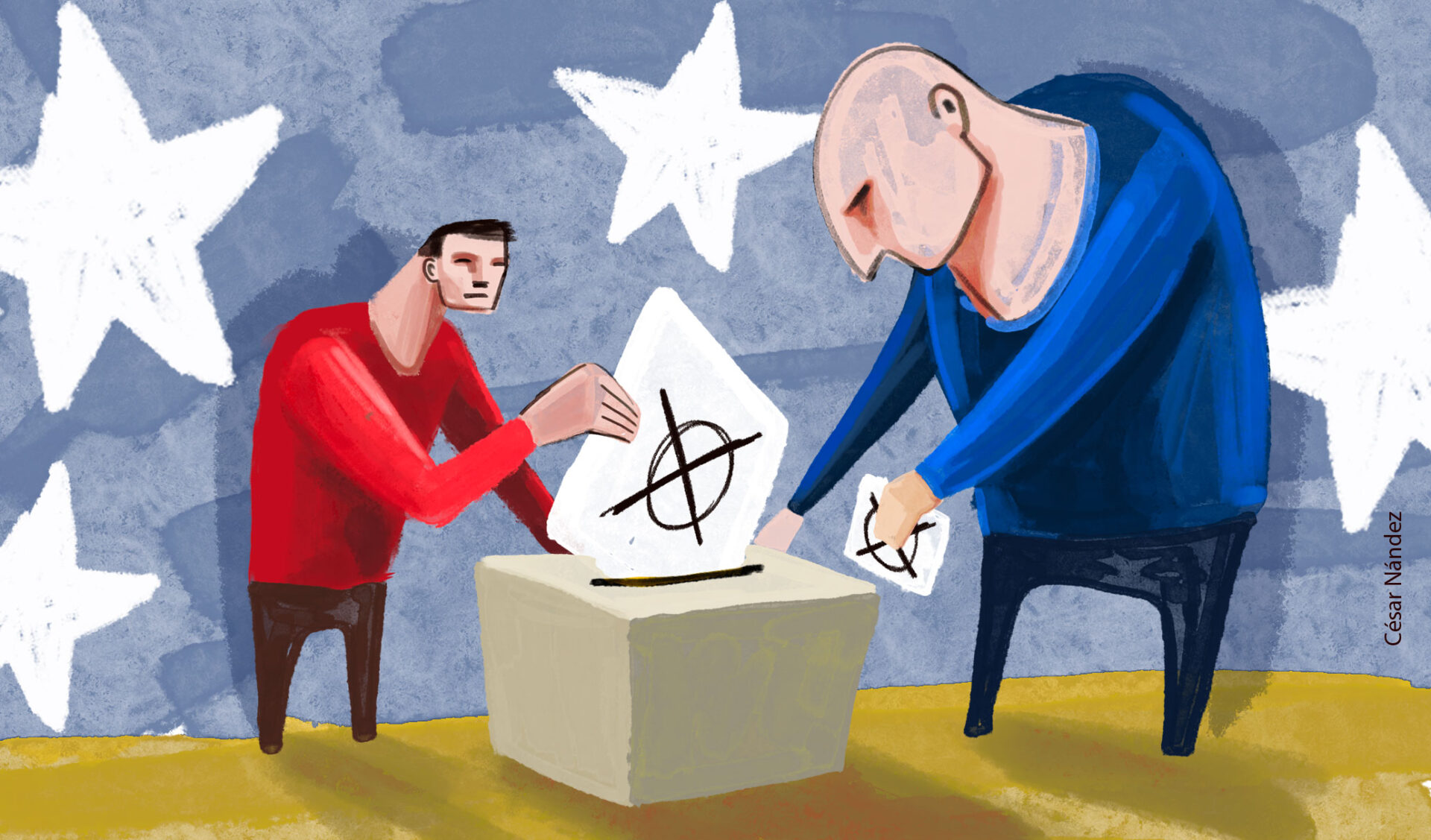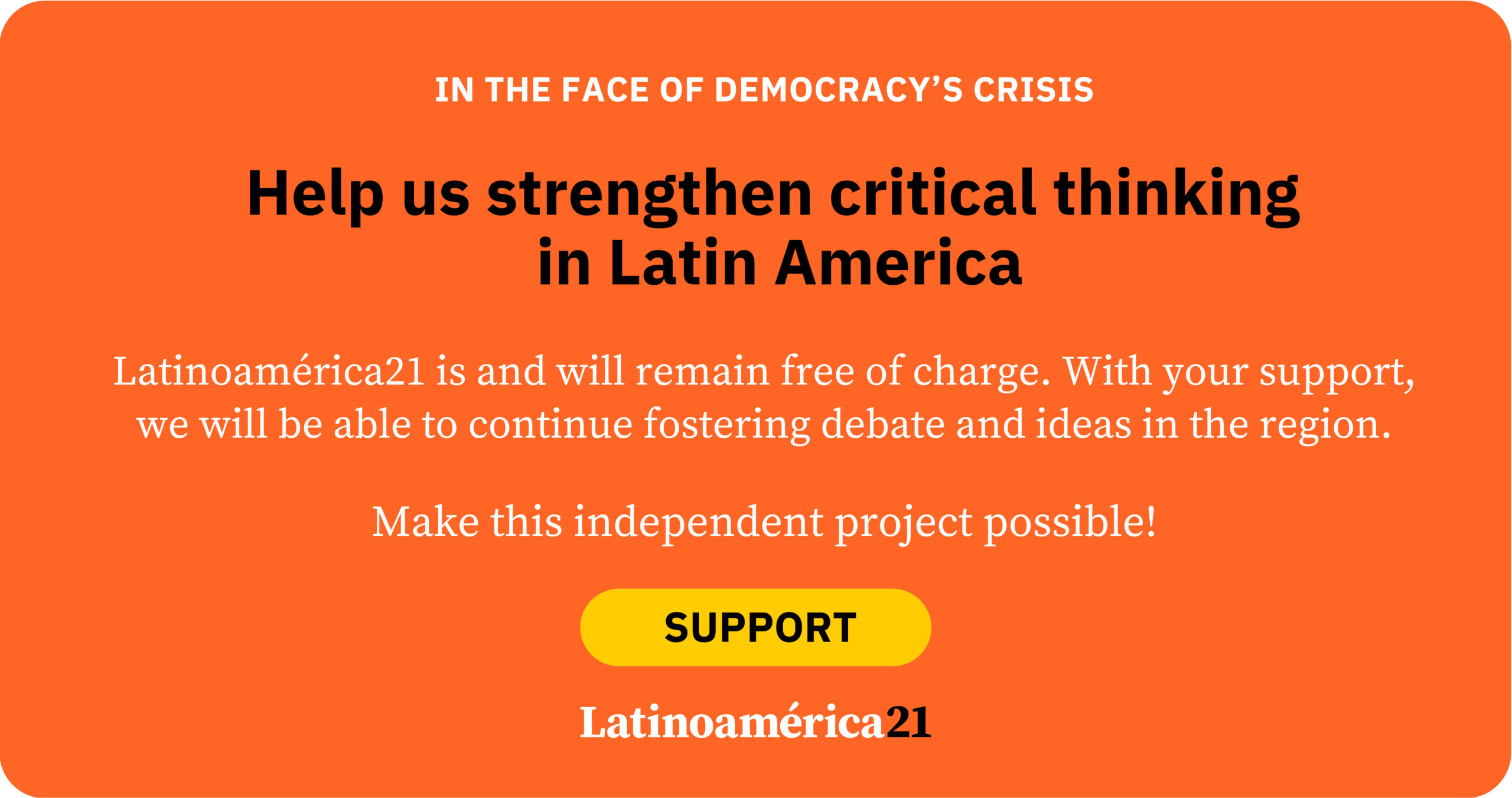Since there is consensus on the likely winner in 43 of the 50 states for the November 5 presidential election, it is estimated that campaigns will allocate only 24% of their resources to areas where 82% of the population lives. The remaining 76% will focus on securing votes in seven states: Arizona, North Carolina, Georgia, Michigan, Nevada, Pennsylvania, and Wisconsin. This explains why Democratic candidate Kamala Harris and Republican candidate Donald Trump are frequently in these states during an election where 13 governors will also be elected, and the House of Representatives and one-third of the Senate will be renewed.
The United States is the only presidential democracy where voters do not directly choose the president; instead, the Electoral College, consisting of 538 electors representing the states, does. Each state’s number of electors matches its legislative representation, which is the sum of its House representatives (435 total), plus two senators per state (100 total), and the three electors from the District of Columbia, where the capital, Washington, is located. The candidate who reaches 270 electors wins. The 43 states, whose outcomes are already anticipated, would give Harris 225 electors and Trump 219.
The Electoral College distorts the popular vote in two ways. First, it over-represents smaller states since all states have two senators. The extremes illustrate this. California, the most populous state, selects 54 electors, while Wyoming, the least populous, selects 3. California has 67 times more people than Wyoming (39.128 million versus 584,000), but only 18 times more electors, meaning a vote in Wyoming can carry more than 3.7 times the weight of a vote in California (assuming an equal voter ratio in both states). The second distortion occurs because in 48 states, a candidate only needs to win the majority of votes to secure all electors (with Maine and Nebraska being exceptions).
This system is problematic. First, a candidate can win with fewer votes, as happened in 1824, 1876, 1888, 2000, and 2016. In 2024, Harris is expected to win the popular vote, just like her Democratic predecessors Joe Biden in 2020 and Hillary Clinton in 2016. Second, the system distorts democratic competition by affecting both voter behavior (why vote if I know who will win in my state?) and candidate behavior (why pay attention to states where I know I will win or lose?).
The use of electoral colleges is outdated. It predominated in early 19th-century Latin American presidential systems but was gradually eliminated, with Argentina being the last country to abolish them in its 1994 constitutional reform. Unfortunately, in the United States, the system is deeply entrenched, as it is enshrined in the Constitution. Amending the Constitution is very difficult; the only method used so far requires approval by two-thirds of both congressional chambers and then ratification by three-quarters (38) of the state legislatures (or conventions) of the 50 states. Since the Electoral College over-represents 20 states, it is unlikely that those states would support abolishing a system that benefits them.
Back to the 7 states
Harris and Trump must win at least three of the seven states, where the difference between the two candidates is less than 2% in polls. Harris needs 45 electors, and Trump needs 51. Ninety-three electors are at stake, distributed, in descending order, across Pennsylvania (19), Georgia (16), North Carolina (16), Michigan (15), Arizona (11), Wisconsin (10), and Nevada (6). Various organizations have developed predictive models using polls as their main input. However, no matter how well-designed, polls have a margin of error that limits their predictive ability in such competitive elections. There will always be a margin of error due to sampling error, timing of the study, response bias (younger people tend to ignore unknown numbers), and the way questions are asked.
The seven states are not equally attractive. The campaign in Pennsylvania is very active because it has the most electors and changed hands in the last two elections (Trump won in 2016 and lost in 2020). Additionally, it can reduce the number of states that need to be flipped. For example, if Trump flips Pennsylvania and retains the states he won in 2020, he only needs to flip Georgia to win. In any other scenario, Trump would need to retain the 2020 states and flip at least three others.
The states also fall into three geographic regions that share demographic, economic, and cultural similarities, which can lead them to move as a bloc. The biggest prize is in the northeast, where Pennsylvania, Wisconsin, and Michigan account for 44 electors. These states were once part of the Democratic “blue wall” until Trump flipped them in 2016, and Biden won them back in 2020. They have a strong industrial past and a large white working-class population, with a solid divide between Democratic urban areas and Republican rural ones. The decline in industry has strengthened the service economy, while demographically, the segment of white voters without a college degree has fallen, though they remain the majority. For example, in Pennsylvania, this group dropped from 63% of voters in 2008 to the current 51%.
North Carolina and Georgia have 32 electors, and besides being coastal and contiguous, they are part of the country’s southern heartland. Both have a strong agricultural economic and cultural heritage. Although the South tends to be conservative and both states used to be, increasing urbanization, ethnic diversification, and cultural shifts have boosted progressive forces. The demographic transformation of the suburbs, for instance, has reduced their conservative leanings in both states.
Arizona and Nevada, with 17 electors, are contiguous states in the western and southwestern U.S. Once Republican strongholds, their growing Latino populations in recent years have added more diversity to the Democratic base. In 2008, Arizona and Nevada had 19.1% and 13.3% Latino voters, respectively; those percentages are now 28.7% and 19.8%.
Predictively, less than a month before the election, the prestigious website FiveThirtyEight shows Harris winning in 53% of its simulations and Trump in 47%. However, the race is so tight that events in the coming days could tip the balance in the key states and thus determine the final outcome.













